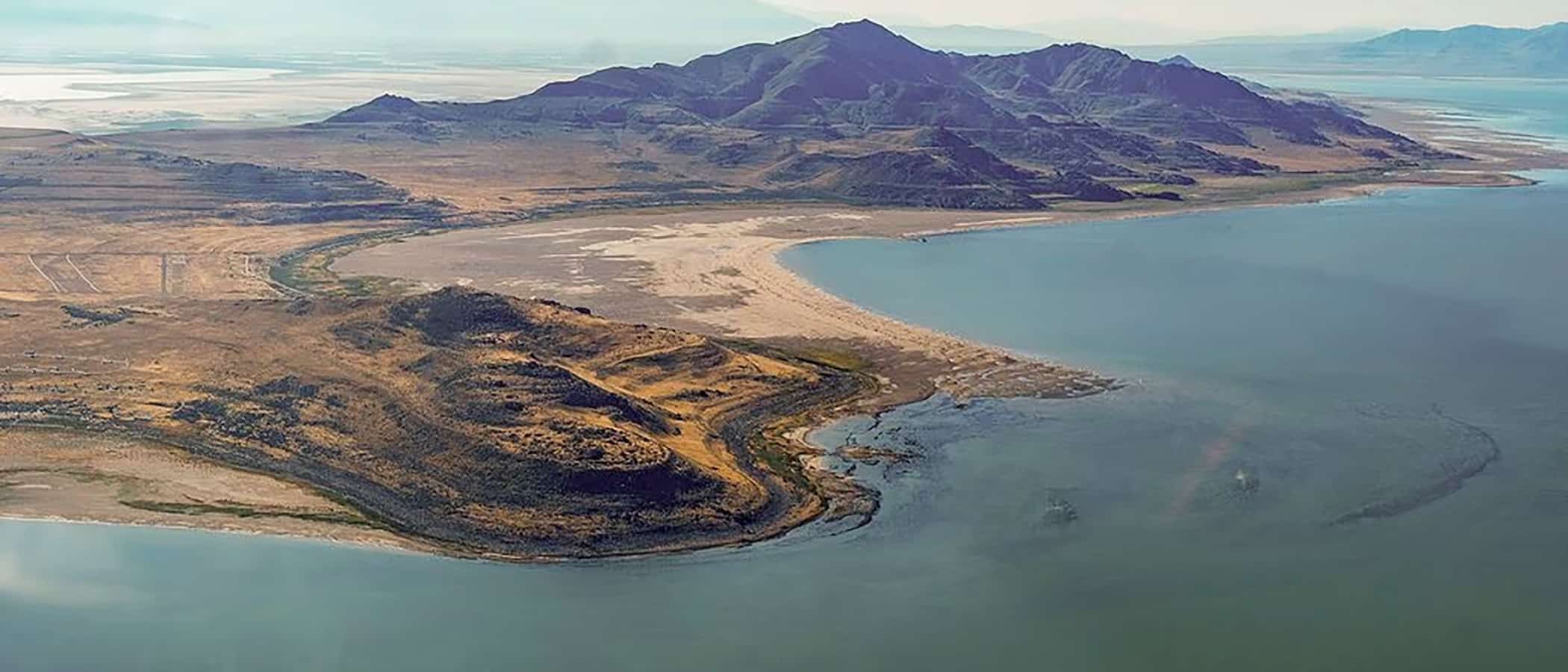
Earlier this month a group of plaintiffs filed a public trust lawsuit that claims the state of Utah has failed to protect Great Salt Lake and its unique ecosystem for the benefit of all state residents.
In other words, the public trust doctrine may be able to protect Great Salt Lake, like it protects Mono Lake!
This time last year an ecological collapse had begun at Great Salt Lake, as it reached record-low lake levels and the brine fly food web all but disappeared, spelling trouble for the millions of birds that rely on the brine flies for food. Luckily, an influx of water from last winter’s abundant snow raised the lake 5.5 feet this year, helping to temporarily avert the crisis and prevent birds from starving.
However, like at Mono Lake, one wet winter does not solve the long-term problem. Also like at Mono Lake, the exposed lakebed at Great Salt Lake generates harmful dust storms. That air pollution threatens the health of millions of people living in Salt Lake City and along the Wasatch Front.
The lawsuit calls on the state of Utah to reduce water diversions from the lake’s tributaries until the lake rises to 4,198 feet above sea level, a level that would reduce air pollution, support recreation and industrial uses, and restore healthy ecological function. The lake’s record low from last fall was 4,188.5 feet.
The public trust doctrine was critical in turning the tide to save Mono Lake. The California Supreme Court wrote in 1983 that the public trust “is an affirmation of the duty of the state to protect the people’s common heritage of streams, lakes, marshlands and tidelands. The human and environmental uses of Mono Lake—uses protected by the Public Trust doctrine—deserve to be taken into account. Such uses should not be destroyed because the state mistakenly thought itself powerless to protect them.”
The precedent-setting Mono Lake decision did not come with a management lake level, as the Great Salt Lake plaintiffs hope their suit might. For Mono Lake that took another 11 years and extensive analysis and scientific study by the California State Water Resources Control Board to determine the level necessary to protect the public trust at Mono Lake in Decision 1631, which ordered Mono Lake to be allowed to rise to 6392 feet above sea level. Here at the Mono Lake Committee, we call 6392 the “Public Trust lake level.” At Great Salt Lake extensive analysis by Utah agencies already indicates the optimal management lake level necessary for public trust protection.
Mono Lake has not reached the Public Trust lake level in the years since it was established—it is clear that stream diversions must be paused in order for the lake to adequately rise. But the application of the public trust doctrine is a north star in our work to protect Mono Lake; we welcome our sister lake at Great Salt Lake receiving protection under the public trust doctrine too.
Top photo courtesy of the Salt Lake Tribune.
